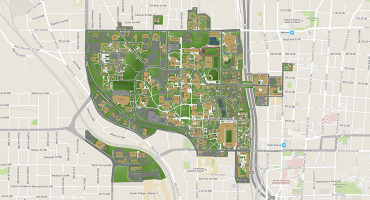Physiological mechanisms underly various aspects of animal performance, ranging from the response of individuals to environmental stressors to larger-scale migratory movements and collective behaviours. Physical factors, such as O2 level, temperature, water velocity and flow dynamics, underpin most aspects of animal locomotion, from fine-scale maneuvers to long-distance migrations. Building functional links from physiology to broader-scale biological and oceanic patterns is desirable and impactful, but faces many technological and conceptual challenges. Using a multi-faceted approach and several fish species as models, my research program aims to bridge this gap by studying physiological performance curves: how physiological performance responds to a broad range of physical and biotic factors. An individual-based hypoxic performance curve quantified the constraint of low O2 on the energetics of the fish, and the curve is plastic in European bass (D. labrax). The thermal performance curve showed that a cold-water species (rainbow trout, O. mykiss) can be acclimated to above 18 °C, the daily maxima recommended by U.S. Environmental Protection Agency, but the acclimation potential has an upper limit indicated by cardiac distress. Schooling behaviour of giant danio (D. aequipinnatus) fish downshifted their locomotor performance curve compared to a solitary individual, showing dramatic (~60%) energy saving in both laminar and turbulent flows by changing their collective kinematics. These physiological performance curves form a framework for generating a physiological performance space. Studying physiological performance spaces by integrating across molecular, organismic and ecological levels has great promise for generating functional links between physiology and broader-scale biological patterns.
Event Details
Location:
EBB 1005
Extras:
Free Food
For More Information Contact
rbailey74@gatech.edu



